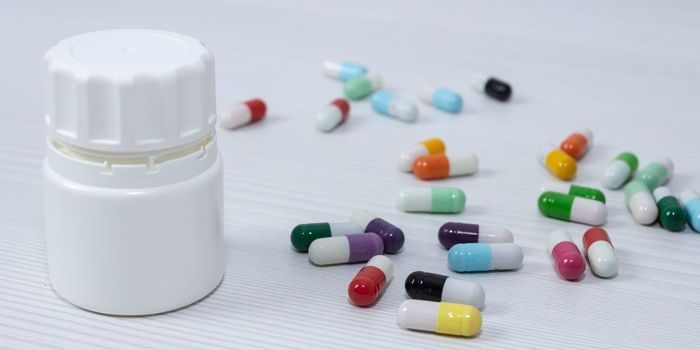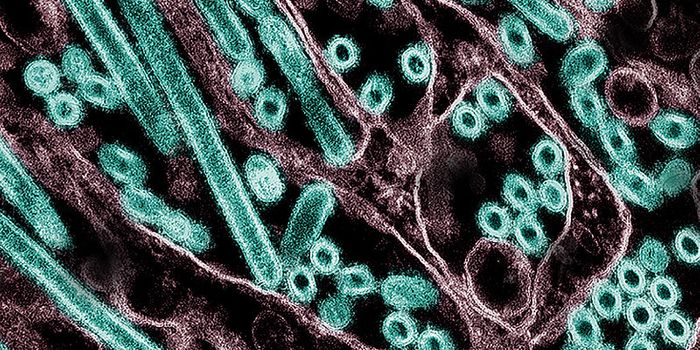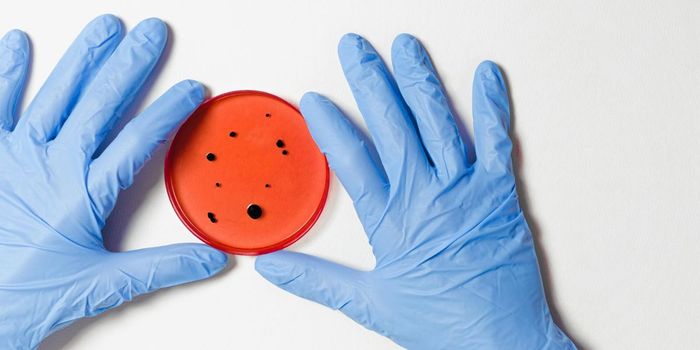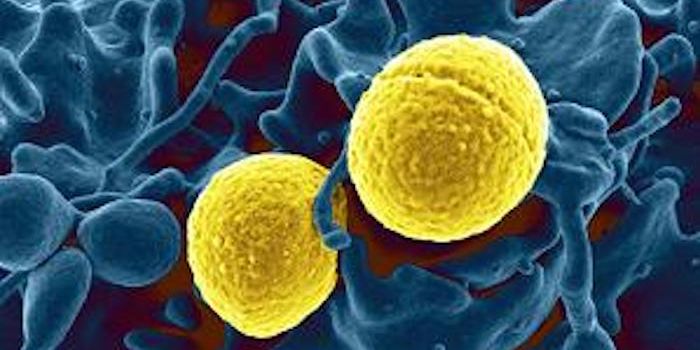A Microbial Cable That Uses Electricity to Live
There are species of bacteria that grow into multicellular, filamentous organisms that have a centimeters-long cable shape and share a common coat. The cable bacteria can survive on an electrical current that moves from one end of the bacteria to another. They were discovered about ten years ago by scientists at Aarhus University in Denmark who have now found that some of the bacterial cells in these cables can consume high levels of oxygen while other cells process food without the use of oxygen. The findings have been reported in Science Advances.
These cable bacteria survive at the bottom of lakes and oceans, where oxygen can only be found at the bottom's surface. Their food, however, sits a few centimeters below that, as if oxygen is only available at the top of a mountain and all the food sits at the bottom.
"While other organisms try to solve the problem by moving oxygen and food up and down, cable bacteria have developed electric wires. When consuming food they produce electrons and send them through the 'biowires' to the surface for reduction of oxygen from the overlying water," explained study co-author Lars Peter Nielsen, head of Center for Electromicrobiology at Aarhus University.
In this work, the researchers grew cable bacteria in a transparent chamber. Mud that lacked oxygen sat in the middle of the chamber, and oxygen diffused from the edges. The researchers found that where the oxygen levels began to drop, many bacteria clustered to create a front. In this way, they could grab food from one side and oxygen from the other at the same time.
"In the microscope, I watched how single cable bacteria placed themselves across the front with one end into the zone with oxygen," explained study co-author Stefano Scilipoti, a graduate student at the Center for Electromicrobiology.
Scilipoti also found that a lone cable bacterium could disrupt a front made by other bacteria that require oxygen to breathe. The cable bacterium used so much oxygen that the other microbe moved closer to the chamber's edge to sustain the oxygen supply it needed.
"Less than ten percent of the cells of the cable bacterium consumed oxygen but they did it with a rate matching the highest rates known in biology. That only works because the cable bacterium runs an electric current between the cells being in contact with oxygen and the cells processing the food. The cells consuming oxygen can thus focus on this task only, while the other cells digest food and generate new cells," said Scilipoti.
Sources: AAAS/Eurekalert! via Aarhus University, Science Advances










